
25 stats that show the economic disadvantages facing Black Americans
25 stats that show the economic disadvantages facing Black Americans
African Americans face economic hurdles on all fronts, from lower wages and higher student debt to difficulties in obtaining a mortgage to buy a home, the way in which many Americans build wealth.
A report from the U.S. Congress, The Economic State of Black America in 2020, found that Black Americans had made substantial gains in the past 50 years, fighting overt racism and winning political rights, best illustrated by the election of Barack Obama as president. Today African Americans are able to work in professions whose white gatekeepers once refused to accept them.
That said, deep inequities remain, leaving millions of Black Americans with fewer opportunities for prosperity. Black Americans do not earn as much as white Americans, are less likely to own their homes, and do not live as long. In 2017, Black Americans represented 12% of the adult population but accounted for 33% of the sentenced prison population. Black Americans are more likely to be killed by police than any other race, as the Black Lives Matter movement has highlighted in national protests to end police brutality.
Black men earn the least of any ethnic group. Black women predominate in low-wage jobs, and are poorly represented in high-wage ones. More than two and a half times as many Black Americans lived in poverty in 2018 than white Americans, 20.8% versus 8.1%. For children, the numbers are even more troubling. The poverty rate for Black children is regularly triple the rate for white children, the report says.
When it comes to home ownership, Black Americans have the lowest rate of any racial group, despite gains that have been made. Black families were especially devastated by the collapse of the housing market in 2008, the report notes, and were 70% more likely to have been foreclosed on.
Overall, Black Americans have been able to build only a tenth of the median wealth of white Americans.
Stacker compiled a list of 25 statistics highlighting the inequities faced by Black Americans, that were taken from congressional reports, Census data, U.S. Department of Education figures, research by the Urban League and other organizations, and elsewhere.

10% of low-wage workers
Black women are disproportionately represented in lower-wage jobs, according to the National Women’s Law Center. Although they make up 6.2% of the workforce, they are 10% of the low-wage workforce—in jobs that pay $11 an hour or less.

2.7% of high-wage workers
Black American women are similarly misrepresented in jobs that pay $48 an hour or more. They are 2.7% of high-wage workers.

87 cents on $1
Black men make the least of any ethnic group, according to a study by PayScale. They earn 87 cents on every $1 made by white men, and fall behind Native American and Hispanic men, who earn 91 cents on the $1, and Pacific Islander men, who make 95 cents. Asian men make the most, at $1.15.

$29,000 yearly gap
The typical Black household earns only 59 cents for every $1 for a white family. That adds up to a gap of about $29,000 a year between Black and white incomes. The gap between Black and white wages grew between 2000 and 2019.

$14,300 less each year
When Black women's wages are compared to white men's, the contrast is stark. Women in full time, low-wage jobs are typically paid $21,700 a year compared to $36,000 for white, non-Hispanic men. That is a difference of $14,300 a year.

$40,000 a year difference
The same is true for professional pay—for doctors, engineers, or lawyers, for example. Black women working full time are paid on average $70,000, compared to $110,000 for white, non-Hispanic men in the same jobs, according to the National Women’s Law Center. That adds up to $40,000 a year.

$11,068 less
Education does not close the gap. A Black worker with a bachelor’s degree earns just $50,108 to a white worker’s $61,176.

$81,559 compared to over $100,000
Black professionals with advanced degrees are not paid the same as their white counterparts. Dentists, doctors, lawyers, and pharmacists make less. Black professionals make $81,559, compared to $115,240 for white professionals and $120,889 for Asian professionals.

More education for less pay
Black women with a bachelor's degree made a little less than what white, non-Hispanic men with a high school degree earn, $46,694 compared to $46,729. Black women with a master's degree made only slightly more than white, non-Hispanic men with an associate degree, $56,072 to $54,620.

White men fare better in 99% of neighborhoods
An African American man raised by two parents earning $140,000 does about as well financially as a white man coming from a single-parent household, with a mother making just $60,000, a 2018 study showed. White men fare better than Black men in 99% of neighborhoods in America, according to a study co-authored by Raj Chetty of Stanford University.

Household wealth of only $9,567
Among those who own or rent a house, whom the Census bureau calls the householder, non-Hispanic whites and Asians have higher median household wealth—$171,700 for whites, $157,400 for Asians, $25,000 for Hispanics, and only $9,567 for Blacks, according to 2017 U.S. Census figures.
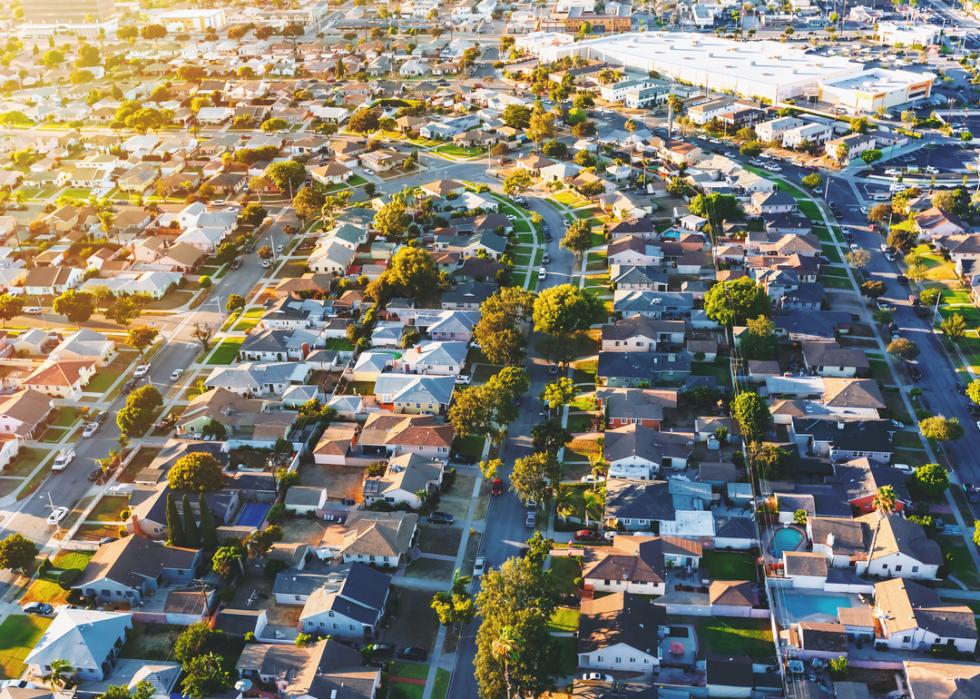
Lowest rate of home ownership at 47%
Home ownership builds wealth, with the average homeowner having $231,400 in household wealth in 2016, while the average renter had only $5,200, according to the Survey of Consumer Finances. Black home ownership rose to 46.4% in the third quarter of 2020, but Census data shows that Black Americans have the lowest rate compared to other racial groups. The rate for White Americans is 75.8%; for Asian, Native Hawaiian, and Pacific Islanders it is 61%; and for Hispanic Americans it is 50.9%.
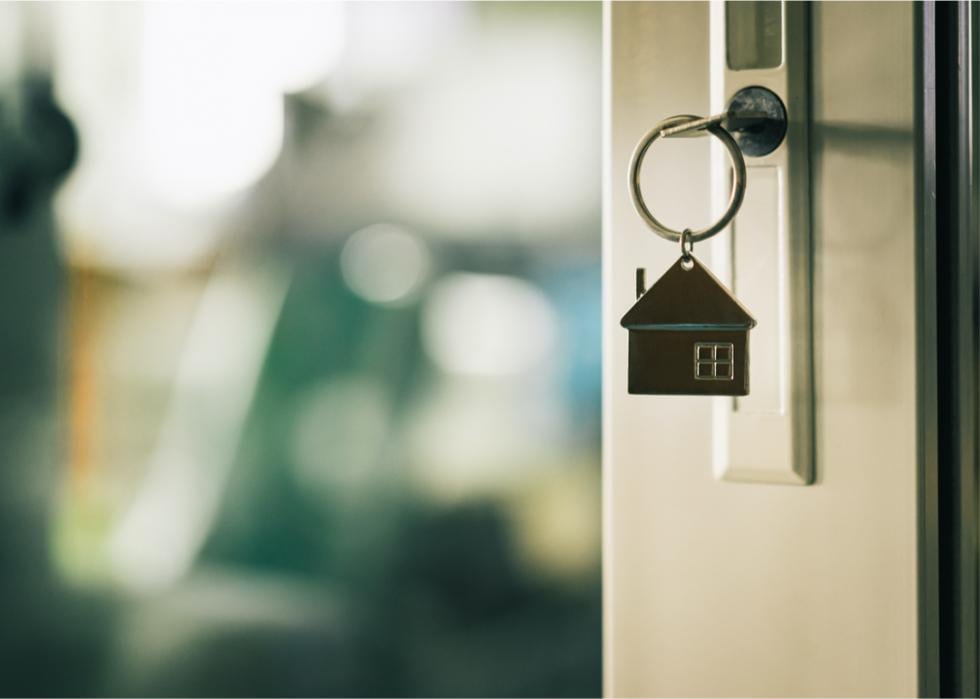
Gaps of 20% to 50% in home ownership
Large gaps in Black and white homeownership exist in the 100 U.S. cities with the largest number of Black households, according to the Urban Institute. In Minneapolis, that gap is at 51%. Even in a city with one of the smallest gaps, in Washington D.C. for example, the difference remains at 21.7%.
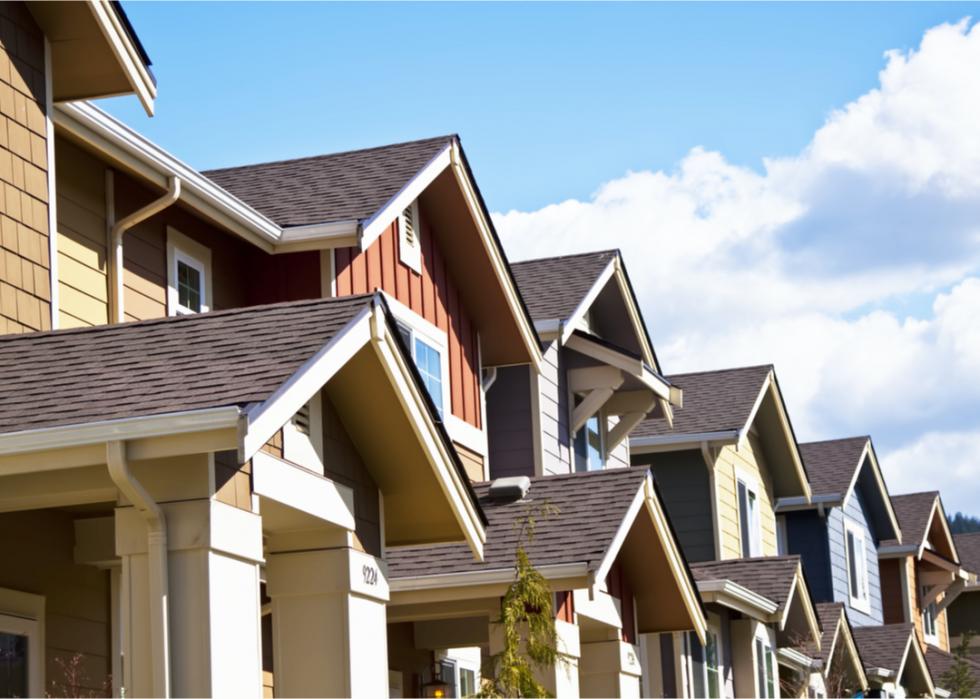
30 percentage points
The gap between the number of Black and white homeowners has grown since the 1960s, nearly 30 percentage points up from 27 points. Housing discrimination was legal until the passage of the Fair Housing Act in 1968, and the current gap is a result of discrimination and unfair practices such as redlining, through which banks refuse to make loans in certain neighborhoods, according to the Urban Institute.
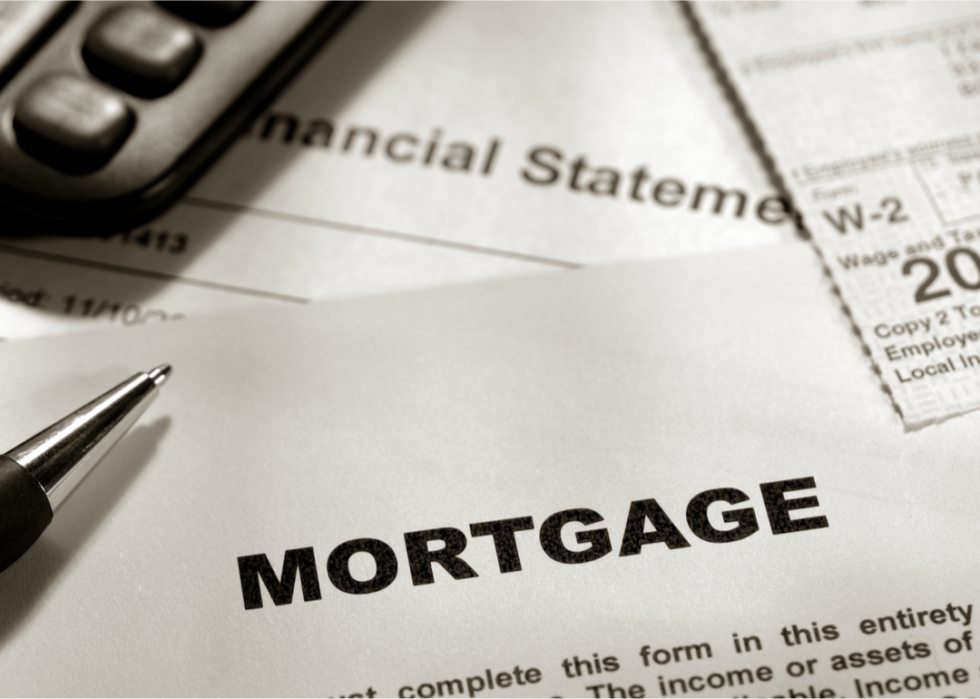
80% higher rejection rate
Lenders reject Black applicants for mortgages at a rate 80% higher than white applicants, according to recent data from the Home Mortgage Disclosure Act, CNBC reported.

59% worry about mortgage
More than half of Black home buyers, 59%, say they worry about qualifying for a mortgage, according to a recent survey by Zillow. That compares to only 46% of white buyers.

Denied loans 30% of the time
When it comes to refinancing, Black homeowners are denied loans more than 30% of the time on average. That compares to a denial rate overall of 17%, according to HMDA data by LendingTree. Other economic disadvantages can come into play if Black homeowners have lower salaries and lower credit scores, and live in neighborhoods with lower property values.
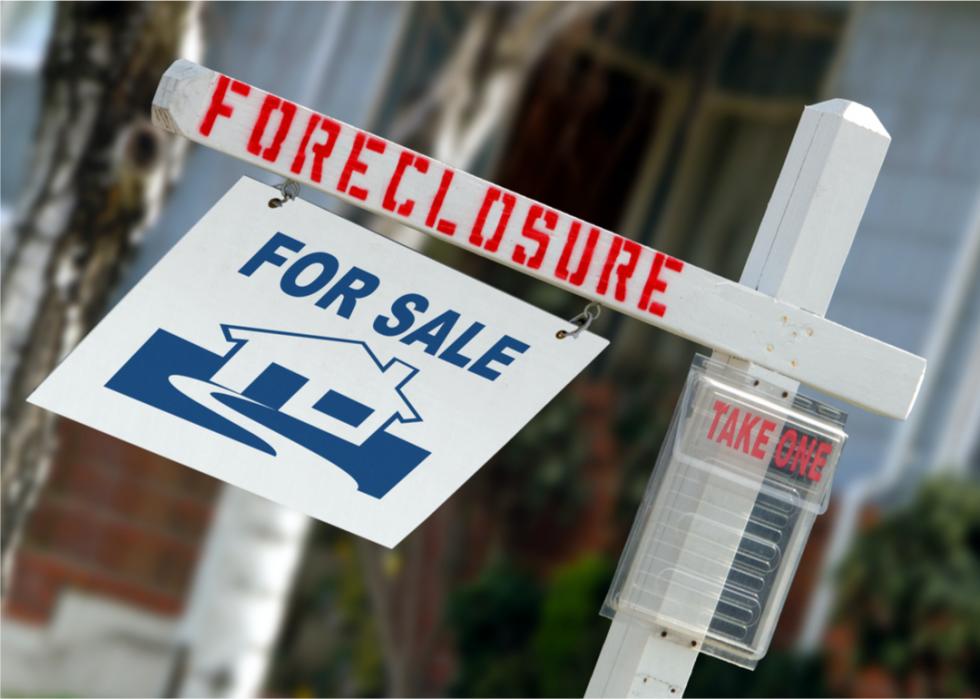
8% lost homes to foreclosure
Black and Hispanic homeowners were more likely to have had a high-cost mortgage between 2004 and 2007 than a white homeowner—105% more likely for Black Americans and 78% more likely for Hispanics, according to the National Bureau of Economic Research. As a result, nearly 8% of Black and Hispanic families lost their homes to foreclosure during the housing crisis from 2007 to 2010. That compares to 4.5% of white families.
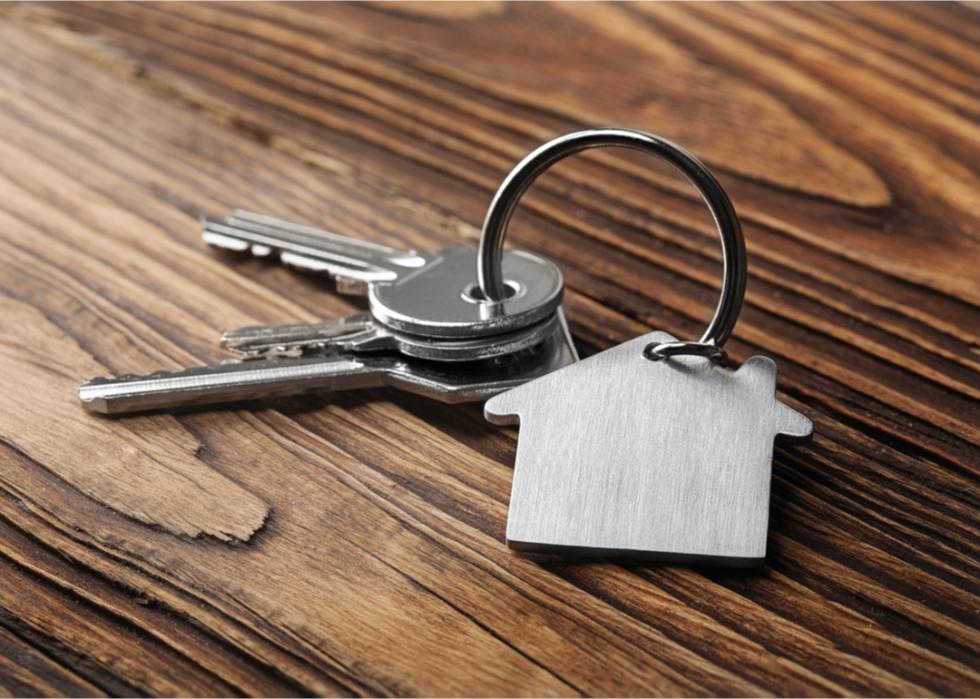
Homeownership drops in 31 cities
Among the 31 cities with more than 100,000 Black households, only four saw an increase in the rate of homeownership by Black families since the 2008 financial crisis, the Urban Institute found. They are Columbia, South Carolina; Orlando; Nashville; and Boston.

13 percentage points less
Black men's wages are about 13 percentage points lower than those of white men of about the same age with the same college degree and major, according to research by ThinkNow. Black men who live in the South earn less than African American men with similar degrees in other parts of the country.

Twice the unemployment rate
The unemployment rate for Black Americans is about twice that of white Americans, 6% for Black workers compared to 3.1% for white workers, a disparity that has been true historically.

25% graduate from college
Since 1990, the percentage of Black Americans who have graduated from college has more than doubled, from 11% to 25%, but they are still outpaced by white Americans. Not only that, the gap between them has remained mostly the same.
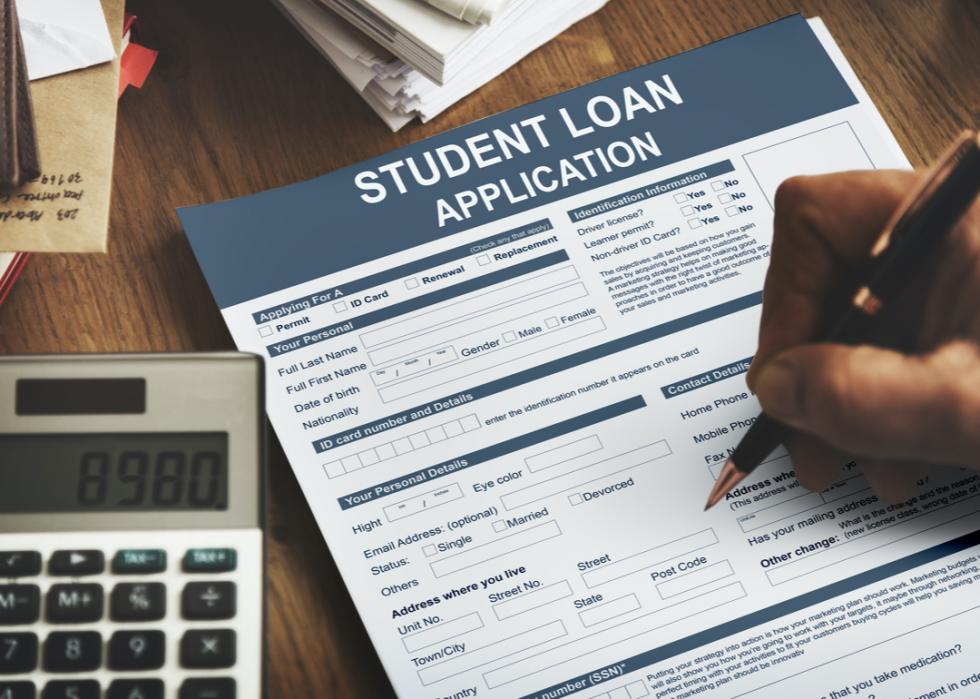
87% borrow for college
Approximately 71% of Black students took out student loans to attend college in the 2015-2016 school year, compared to 56% of white students, 50% of Hispanic students, and 31% of Asian students, according to the National Center for Education Statistics. On average, Black college graduates owe $7,400 more than white graduates when they leave school, $23,400 compared to $16,000, according to the Brookings Institution. The figure more than triples, to $25,000, in the next few years.

More than two times the interviews
Minority job applicants who submit resumes scrubbed of details that would reveal their race are twice as likely to be called for interviews, according to an associate professor at Harvard Business School. The discriminatory response to so-called “whitened” resumes is as strong for businesses that say they value diversity.

Ten-fold difference in wealth
Not only are Black families generally poorer than white families—the median wealth of Black families is $17,000 compared to the $171,000 held by white families—but that gap was underestimated by 97% of respondents to a 2019 study. They estimated the 10-fold difference to be 80 percentage points smaller than it is.



